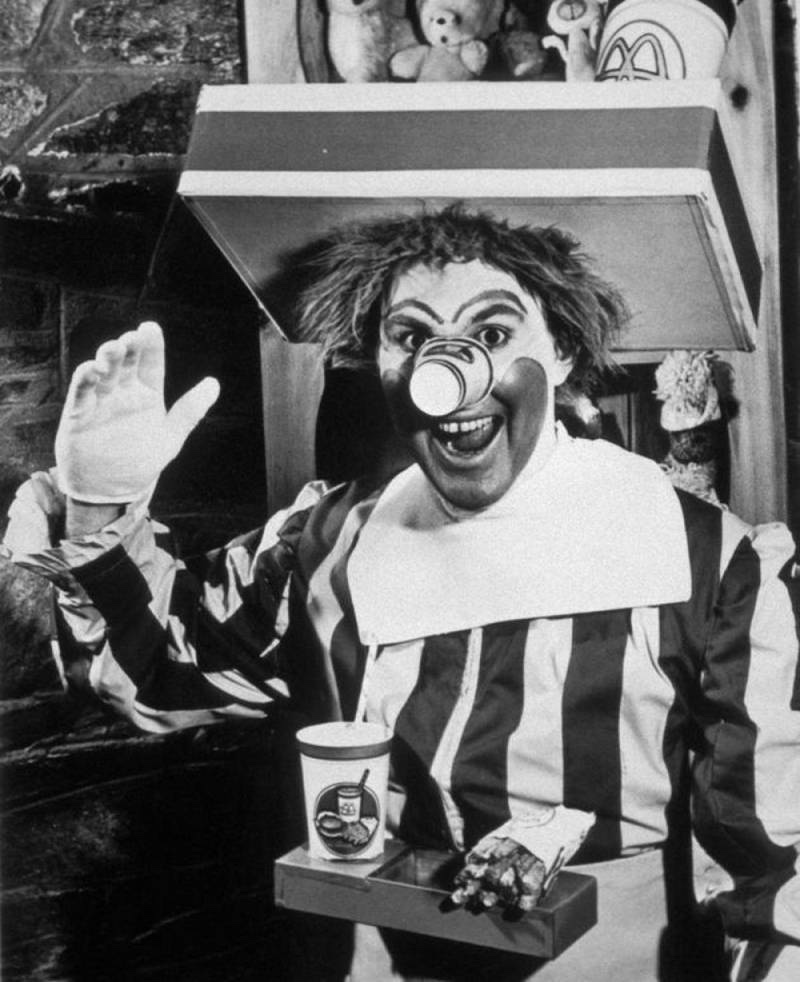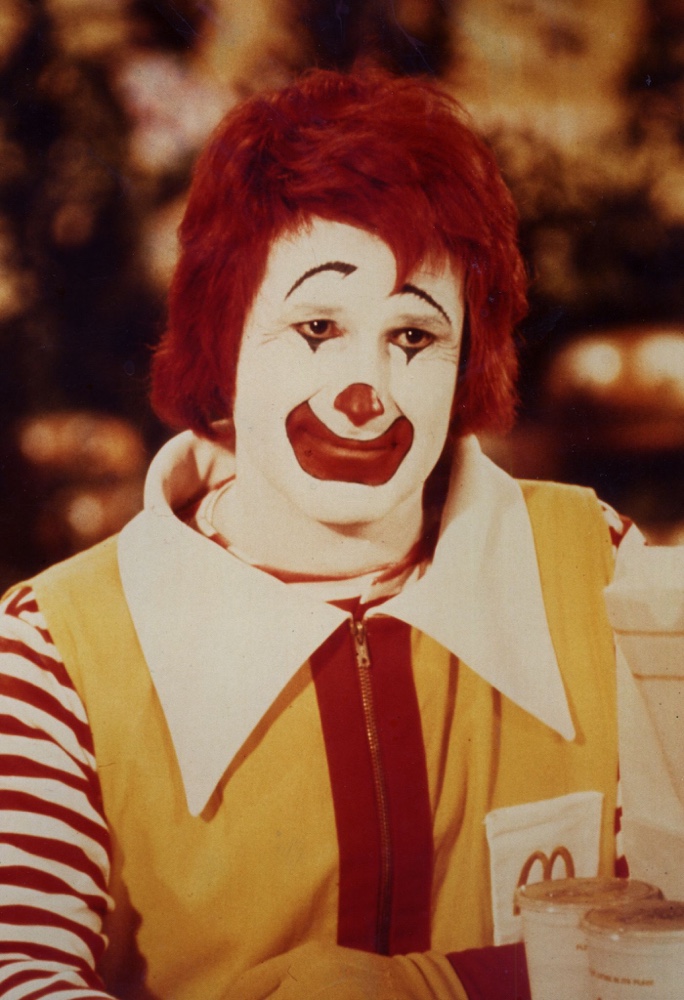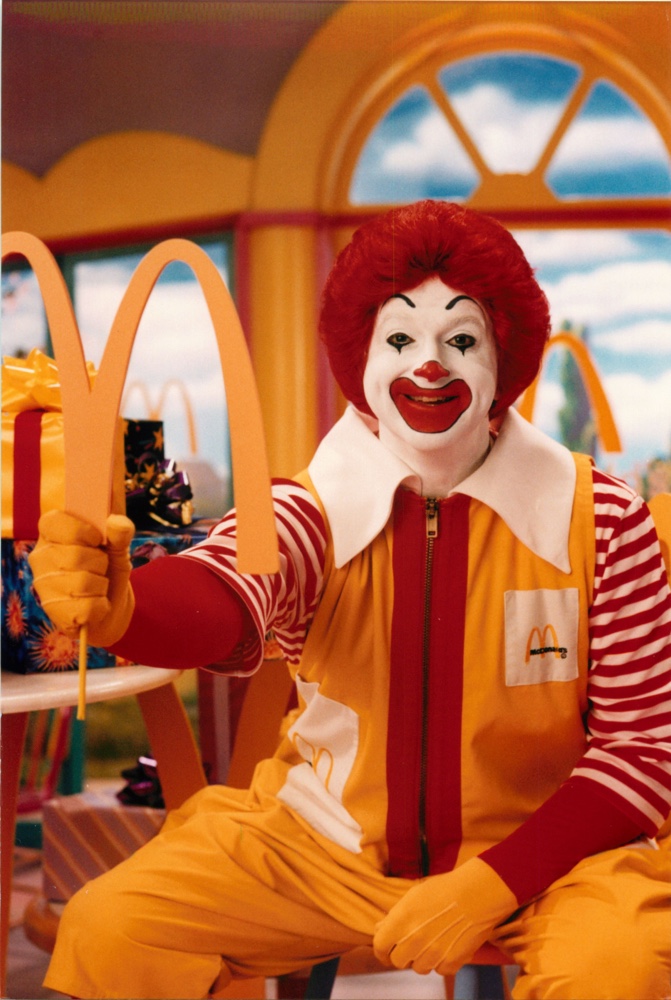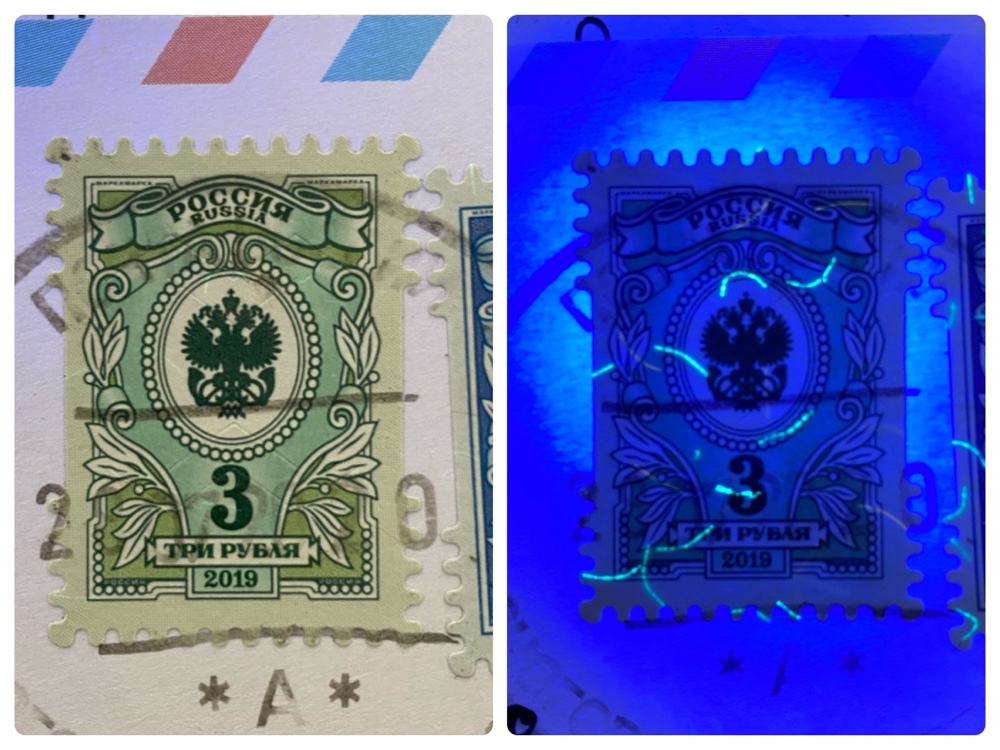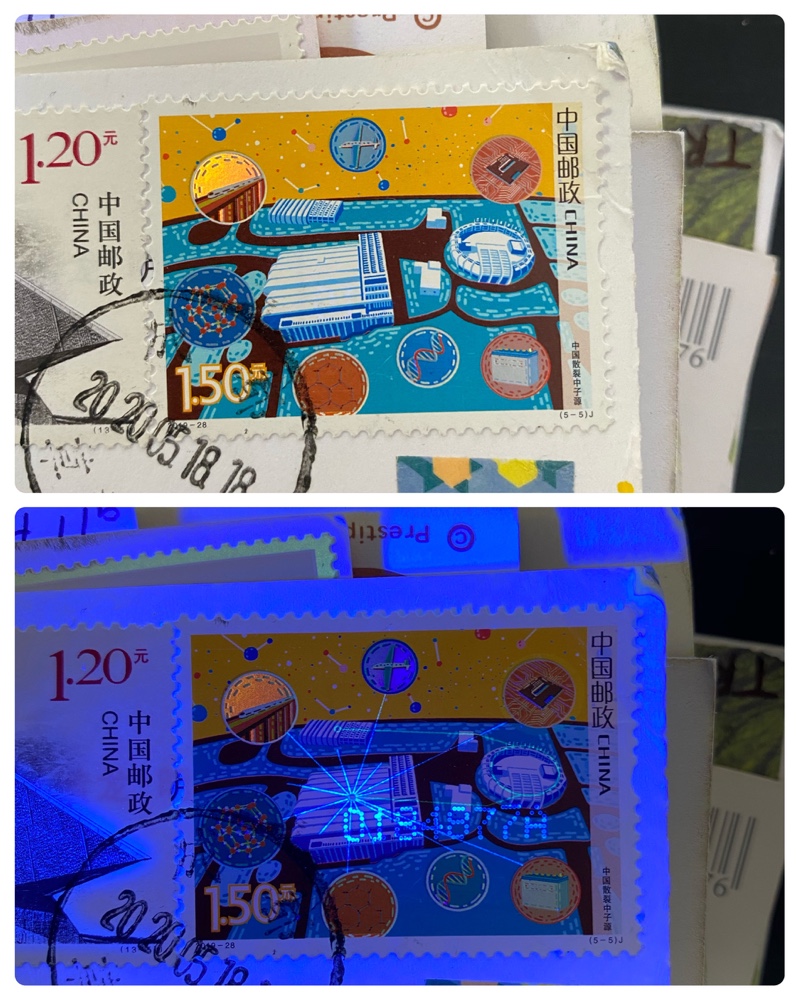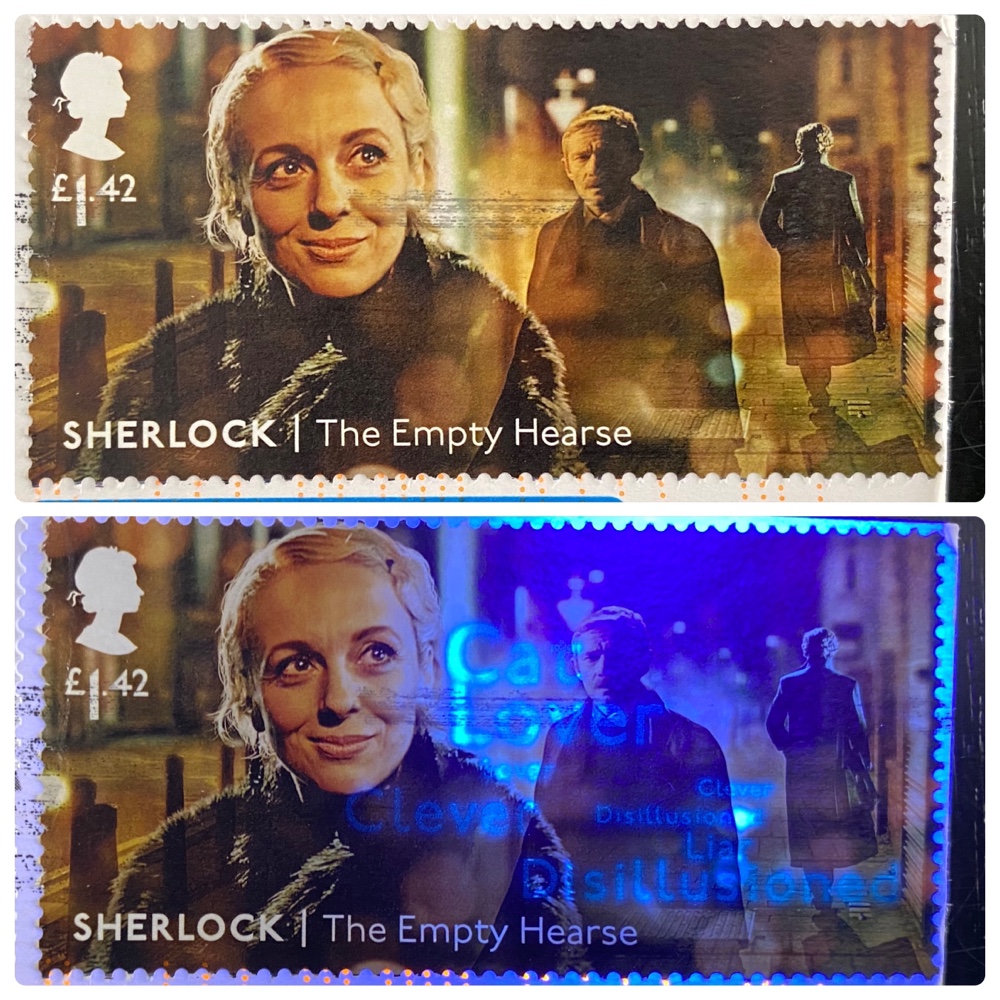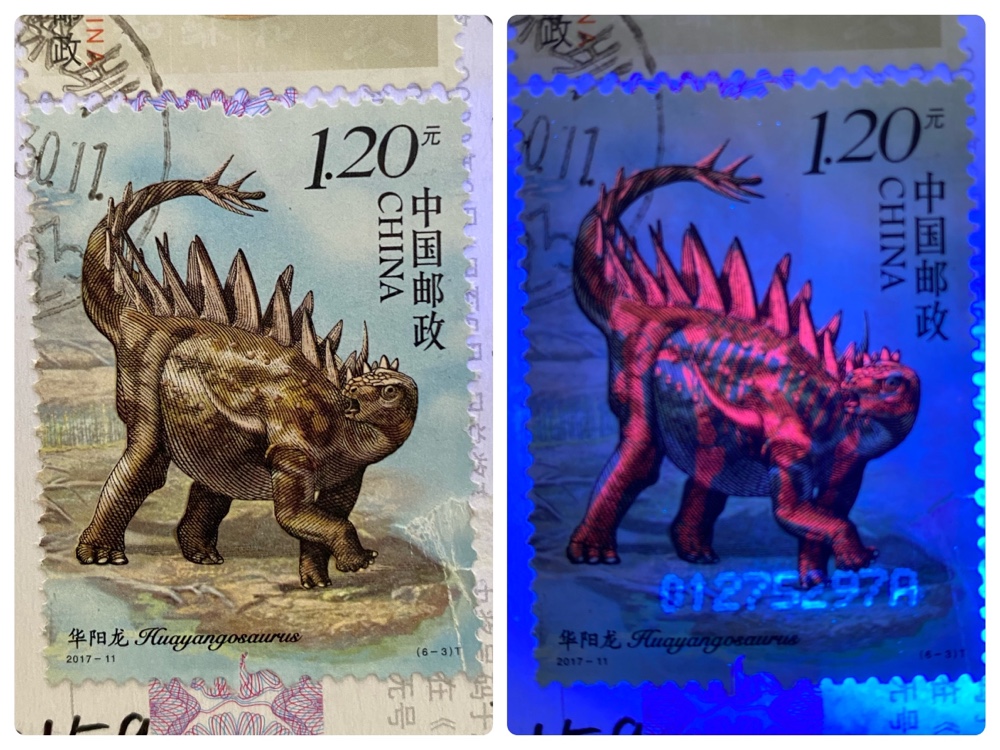I was doing some research for lecture preparation the other day and learned something I never knew: Australia has had squirrels! And there’s a small chance the country still does…
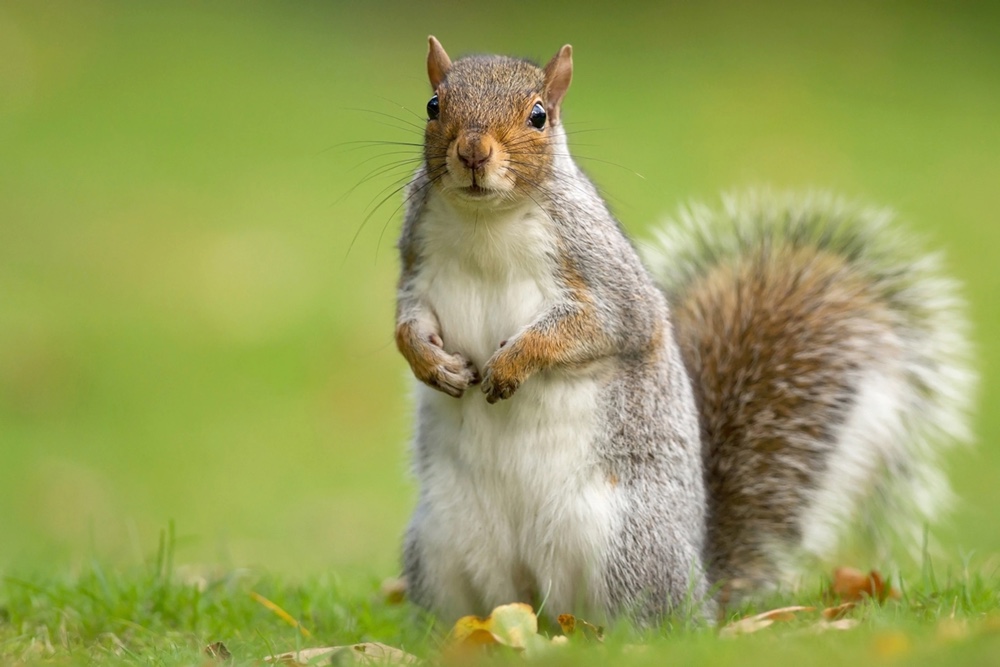
Grey squirrels (the same ones common in our backyard!) were introduced into botanical gardens in Melbourne in 1880, and Ballarat in 1937. They spread into surrounding suburbs and gardens but were never truly successful, and apparently died out within a few decades. It’s possible the last remaining grey squirrel in australia was a pet which lived for 9 years (and was fed breakfast cereal)! I can’t find much information about why they died out but it may have been a combination of a small initial colony, lack of suitable food, competition from possums and natural predation (including from lizards and birds).
Needless to say this experiment will never happen again, as grey squirrels (along with all non-native mammals) are prohibited from import into Australia.
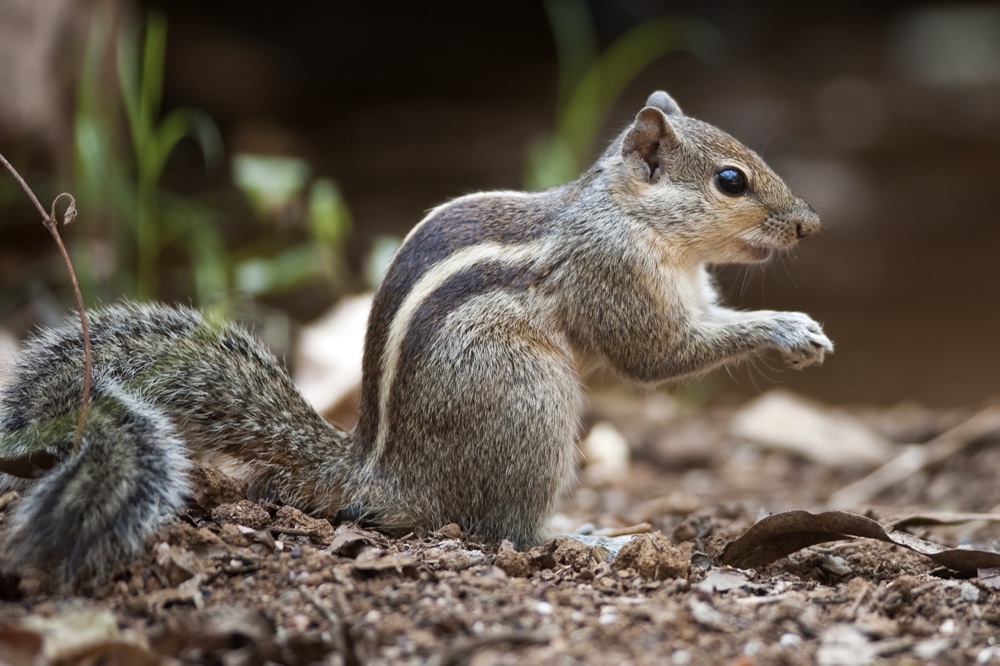
The case of the Indian palm squirrel is a little more surprising. Along with several other species (including fish and birds) these little guys were introduced into Perth in 1898 to make the area more livable for colonists. Almost none of the introduced species survived, but palm squirrels established a thriving colony in the grounds of Perth Zoo.
There they lived for over 100 years, being popular with visitors and a tasty snack for the zoo animals (there are accounts of the squirrels being eaten by monkeys, brolgas and leopards). The squirrels slowly spread out from the zoo into neighboring suburbs, a golf course and a high school and it has been estimated that the colony contained at its peak about 1000 squirrels. Some were even imported east to set up a similar colony in Taronga Zoo (in 1920) but these died out within 50 years due to predation and because the squirrels were frequently caught in the traps set up to control rats.
By all accounts the squirrels in Perth were quite popular – especially at the school – and well known by the locals. But the squirrel was eventually deemed a threat to native wildlife and agriculture, and about a decade ago an eradication program was initiated. This was very successful (apparently they’re easy to catch) and within three years the squirrels were reduced to ‘undetectable levels’
It’s not known if they’re truly extinct in Australia, but if any still live their numbers are likely too small to allow the colony to survive.

So there you have it! Australia did have squirrels, and for over 100 years at that!
Now about the reports of errant ghost kangaroos in the USA…
